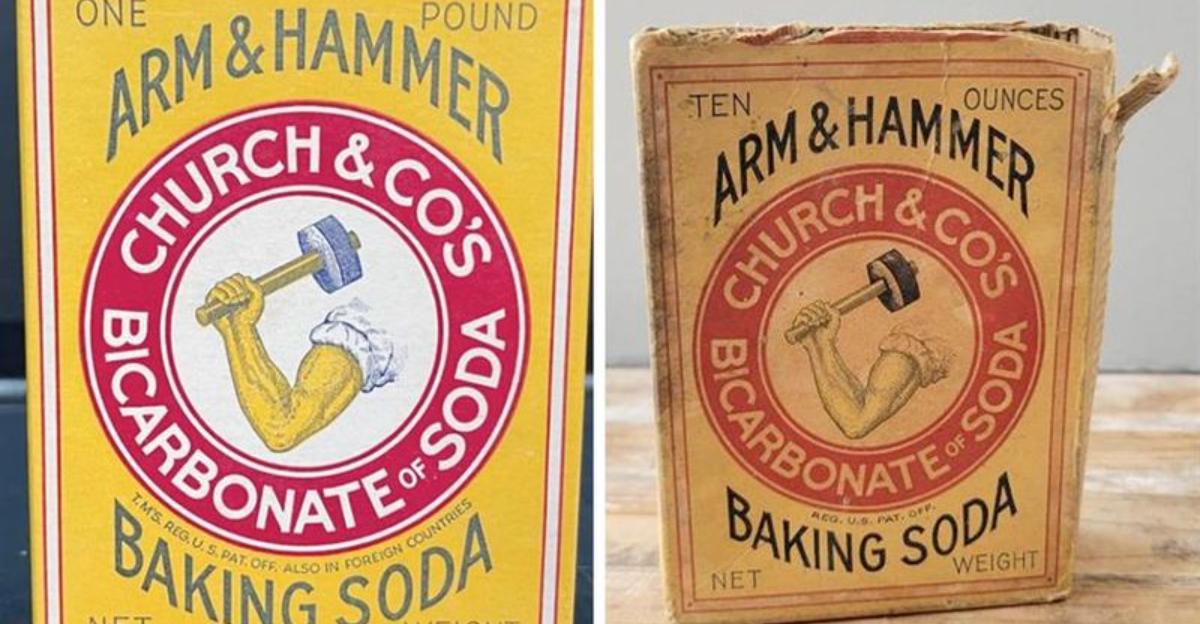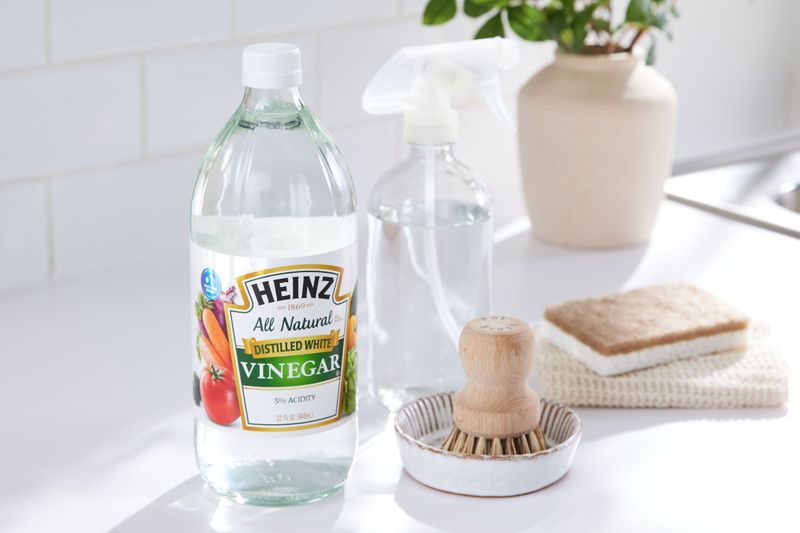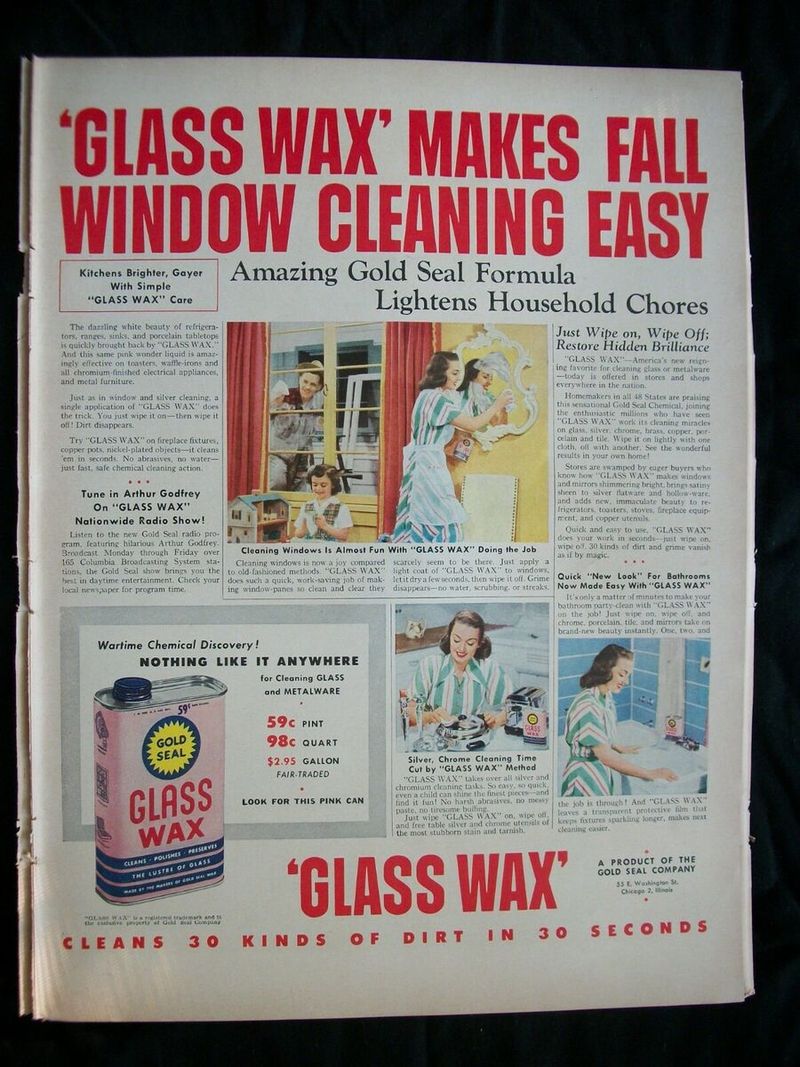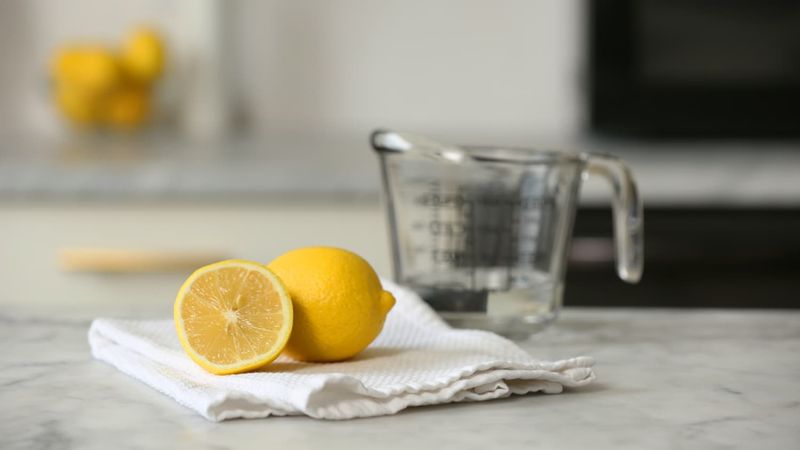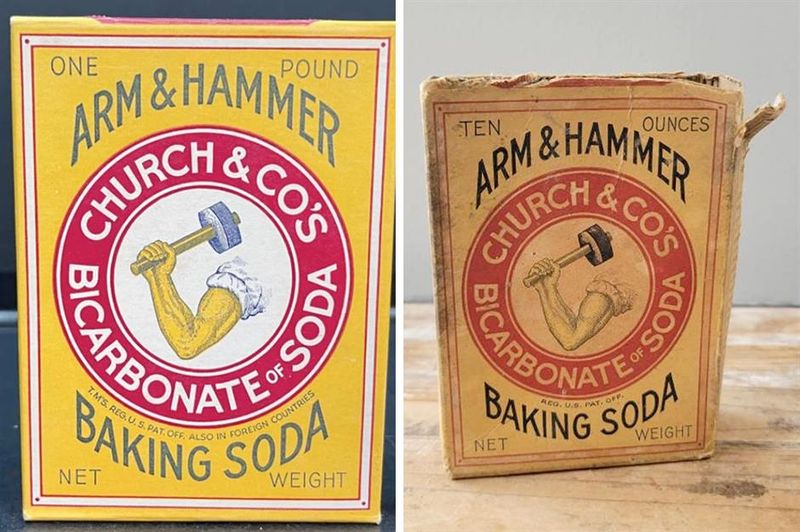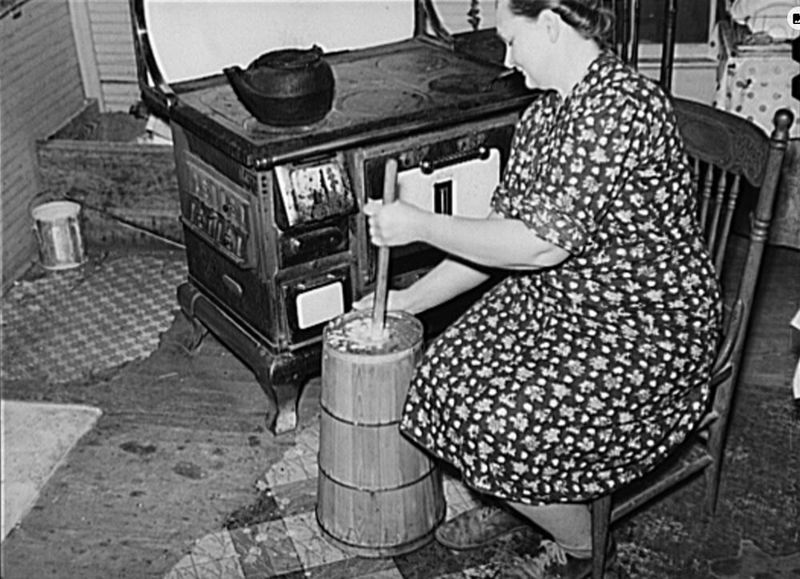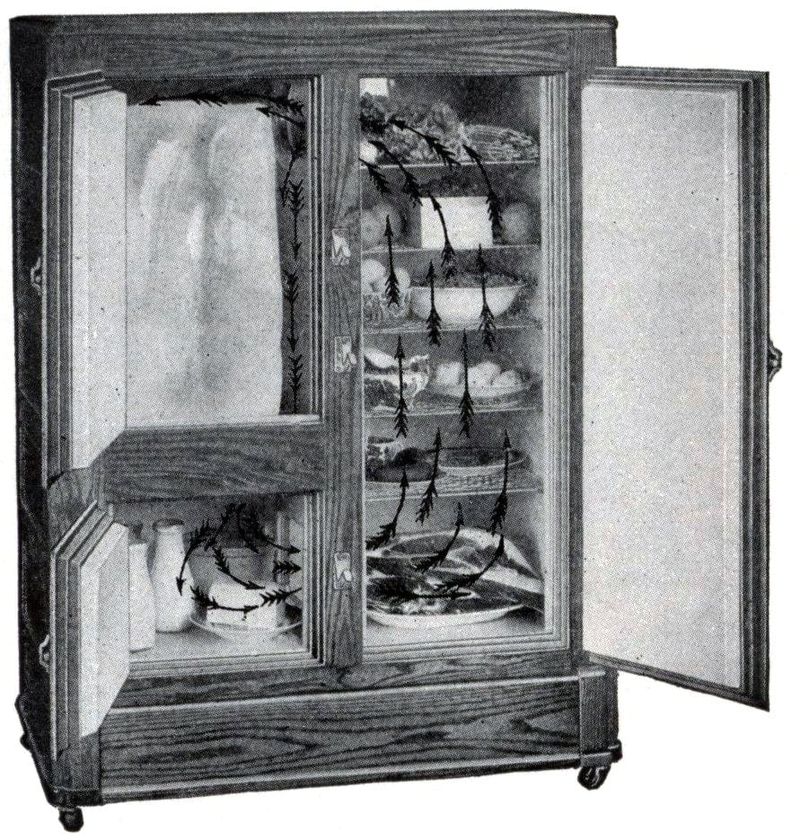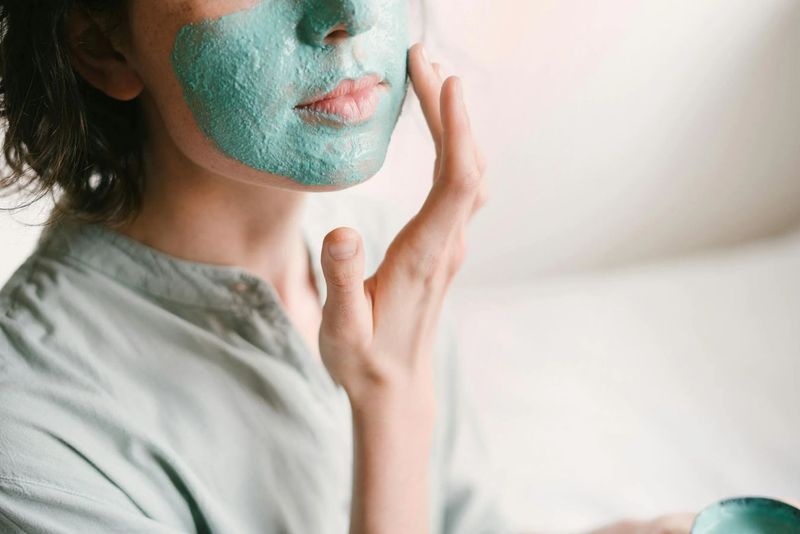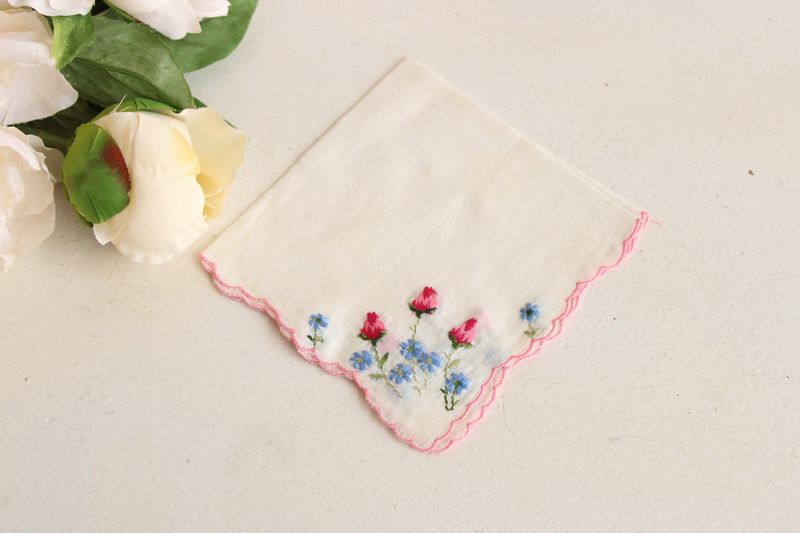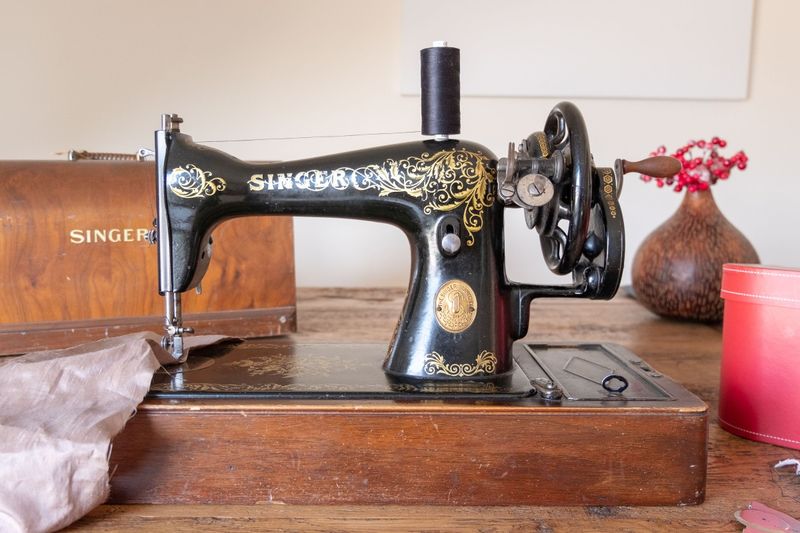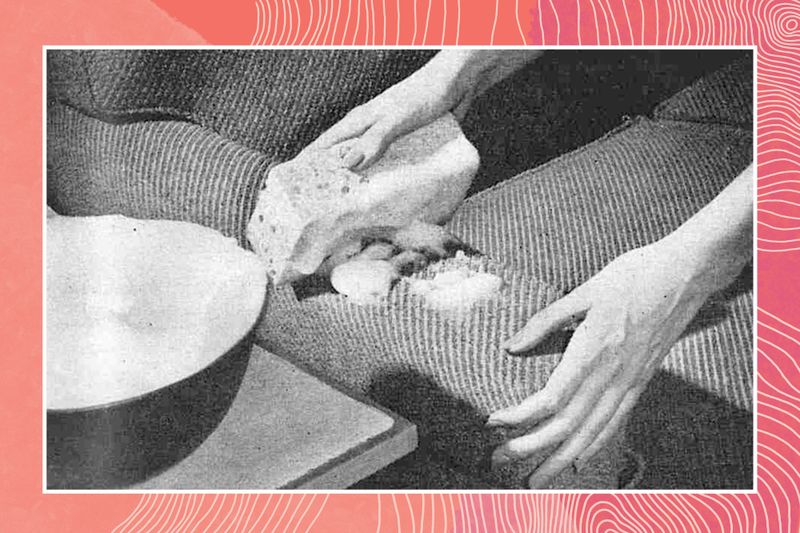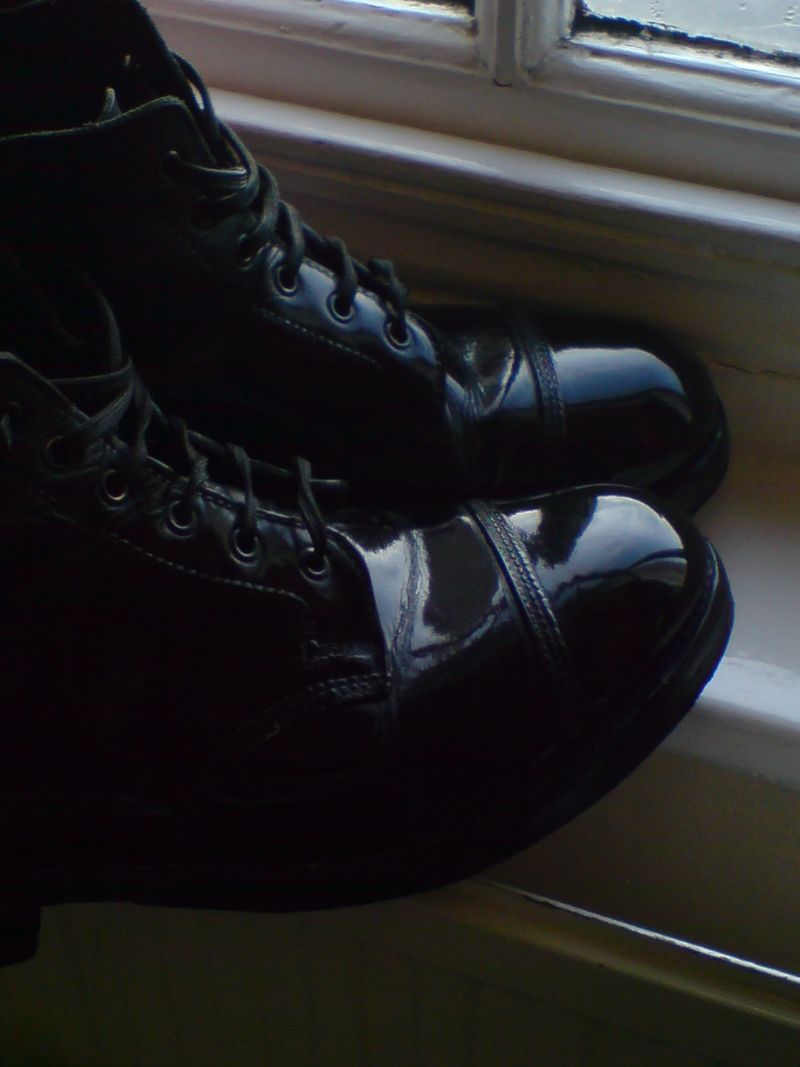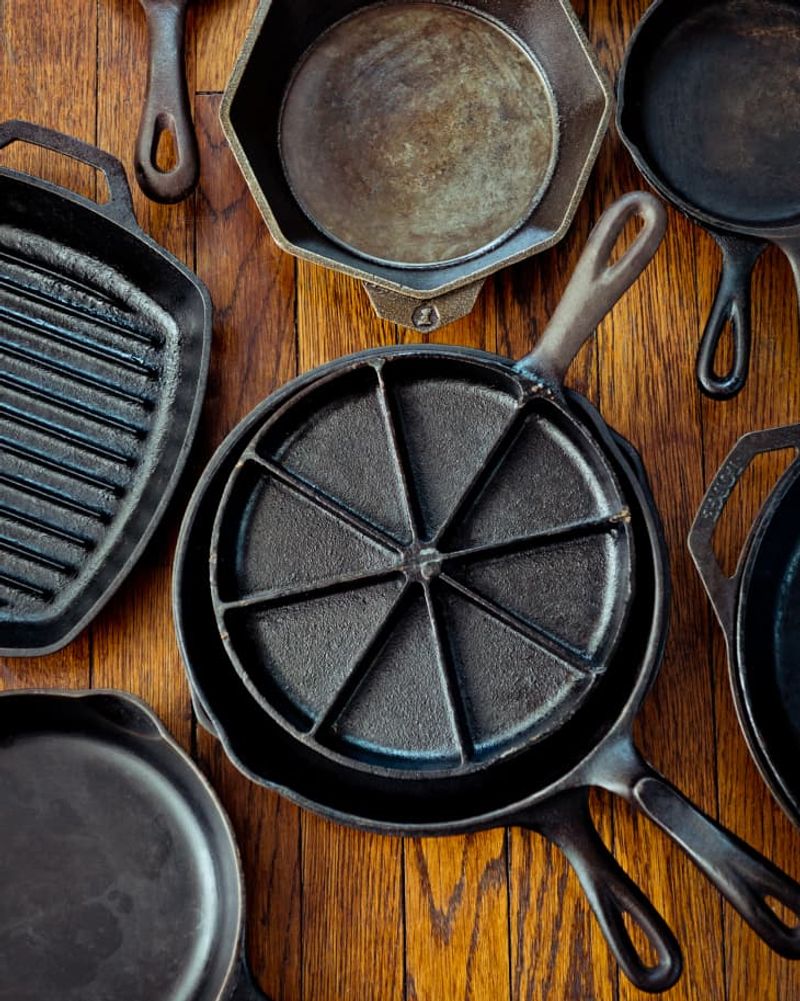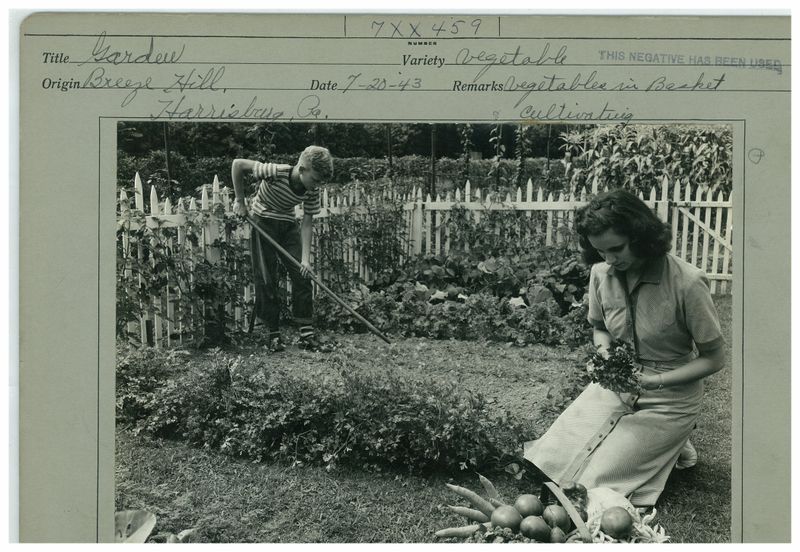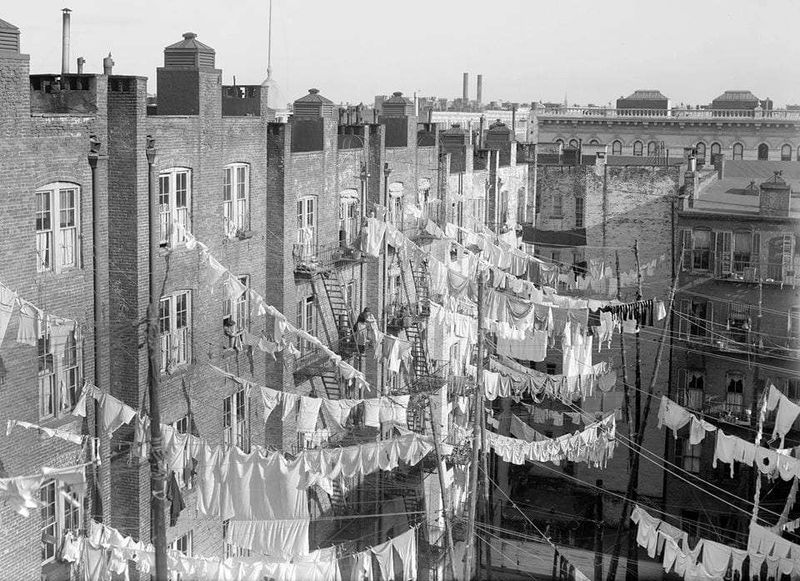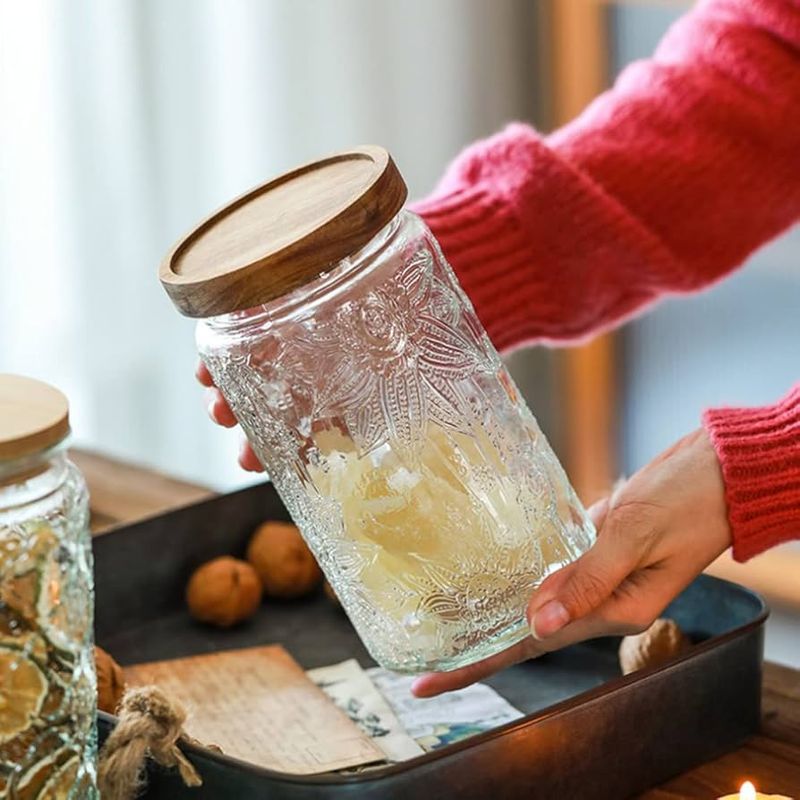Explore a collection of 19 ingenious life hacks from the 1950s that outshine the latest trends on TikTok. These timeless tricks are practical, resourceful, and surprisingly effective, showcasing the creativity and wisdom of a bygone era.
1. Clever Use of Vinegar
Vinegar is a jack-of-all-trades that reigned supreme in the 1950s. This household staple could descale a kettle, add shine to your hair, or even soften fabrics. Picture a shiny kitchen sink, cleaned with nothing but vinegar and elbow grease. The tangy aroma leaves a fresh, clean scent lingering in the air. Even today, vinegar remains an affordable, natural alternative to harsh chemical products. Its versatility is unmatched, earning its place in both old and new cleaning routines.
2. Old Newspaper for Windows
Imagine the satisfaction of achieving streak-free windows using nothing but old newspapers. A trick loved by many in the 1950s, it’s both cost-effective and environmentally friendly. The texture of newsprint, combined with a simple vinegar solution, leaves glass surfaces gleaming. No fancy equipment needed, just a bit of elbow grease. Plus, it’s a great way to repurpose those read newspapers, embodying the ‘reduce and reuse’ philosophy. This hack truly showcases the ingenious resourcefulness of the time.
3. The Lemon Freshener
Lemons brought a touch of sunshine to any 1950s home. Beyond cooking, they were used to freshen the air, clean wooden surfaces, and naturally whiten linens. Picture a cozy kitchen filled with the zesty aroma of lemons, cutting through any lingering odors. Their natural acidity made them perfect for tackling grease and grime, leaving a fragrant freshness behind. In a world filled with synthetic fragrances, the humble lemon offered a refreshing, natural alternative.
4. Darning Socks
In an era where every item was cherished, darning socks was a common practice. Instead of discarding worn-out pairs, people would repair them, extending their life. Imagine the quiet satisfaction of preserving a favorite pair of socks, stitch by careful stitch. This thrifty skill not only saved money but also instilled a sense of accomplishment. Today, in a world of fast fashion, darning is a reminder of the value of sustainability and mindful consumption.
5. The Power of Baking Soda
Nothing beats the versatility of baking soda, a staple in every 1950s household. Whether it’s cleaning stubborn stains or freshening up the refrigerator, baking soda was, and still is, a trusted ally. Imagine a sparkling kitchen floor, achieved with just a sprinkle of this wonder powder. You could even use it as a natural deodorant! In a world of chemical cleaners, baking soda stands out with its simplicity and effectiveness. Plus, it’s gentle on the environment, making it a must-have for eco-conscious homeowners.
6. Making Butter at Home
Homemade butter was a delicious luxury in the 1950s. Families would churn their own, enjoying the rich, creamy taste that store-bought could never match. Picture a cozy kitchen, filled with the aroma of freshly churned butter. The process, though laborious, was rewarding, resulting in a product full of flavor and satisfaction. Today, making butter at home can be a fun, engaging activity, connecting us to a simpler time and the joys of homemade goodness.
7. The Icebox Trick
Before refrigerators became common, iceboxes were key to preserving food. This simple yet effective trick involved packing perishables with ice to keep them fresh longer. Imagine opening the door to find neatly stacked produce, chilled and ready for use. The icebox was a testament to ingenuity, maximizing the shelf life of food with limited resources. Its reliance on natural ice blocks serves as a reminder of a time when simplicity and practicality went hand in hand.
8. DIY Beauty Masks
1950s beauty enthusiasts embraced homemade masks, using ingredients like oatmeal, honey, and cucumber. These masks were natural, effective, and a fun way to pamper oneself at home. Imagine the soothing sensation of a cooling cucumber mask on a lazy Sunday afternoon. Homemade beauty treatments offered a personal touch, tailored to individual needs without the chemicals found in commercial products. Today, they inspire a DIY spirit, blending self-care with a touch of nostalgia.
9. The Handkerchief Hero
Handkerchiefs were the unsung heroes of the 1950s, carried by men and women alike. From dabbing away tears to wiping a child’s messy face, they were versatile and reusable. Picture the elegance of a neatly folded handkerchief peeking from a suit pocket. In an age of disposable tissues, these cloth squares served as a testament to style and sustainability. They embody a charming, practical tradition that remains relevant in the modern world.
10. The Multi-Purpose Clothespin
Clothespins were more than just laundry aids; they were versatile tools. In the 1950s, they found uses in crafting, organizing, and even sealing food packages. Imagine the click of wooden pins securing a blanket on a breezy day or holding a recipe card in place. These humble items, simple yet effective, were invaluable in the household. Today, their multifunctionality continues to inspire, proving that sometimes, less is more.
11. The Sewing Machine Marvel
The sewing machine was a marvel in the 1950s, allowing for fashion creations and home repairs. Picture the rhythmic hum of a vintage machine, transforming fabric into a dress or patching a favorite shirt. This tool empowered homemakers, offering creative freedom and self-sufficiency. In an era of mass production, the sewing machine stands as a symbol of individuality and craftsmanship, celebrating the beauty of handmade artistry.
12. Stain Removal with Salt
Salt was a go-to stain remover in the 1950s, tackling everything from wine spills to sweat marks. Imagine the relief of watching a stubborn stain dissolve with some salt and a bit of scrubbing. It was an economical, accessible solution, always within arm’s reach. This household staple proved effective in maintaining clothes in their best condition, showcasing the resourcefulness of the time. Today, salt continues to be a handy tool in the fight against stains.
13. The Shoe Polish Secret
Shoe polish was a staple in the 1950s, ensuring every outing began with a shine. Picture the pride of buffing shoes to a mirror-finish, the rich smell of polish filling the air. This routine was a matter of both appearance and respect. In a world that often moves too fast to notice the details, shining shoes serves as a reminder to take pride in the little things. It’s a simple act that can elevate any outfit.
14. The Magic of Cast Iron Pans
Cast iron pans were kitchen essentials of the 1950s, known for their durability and even heat distribution. Imagine the mouth-watering aroma of bacon sizzling in a seasoned skillet, the rich flavor enhancing every bite. These pans were passed down through generations, gaining character with each use. In a world of non-stick convenience, cast iron remains a testament to quality and tradition, offering superior cooking experiences with proper care and seasoning.
15. The Garden-to-Table Revolution
The 1950s embraced the garden-to-table concept, growing fresh produce for home-cooked meals. Picture a vibrant vegetable garden, brimming with tomatoes, beans, and lettuce, ready for the dinner table. This practice ensured quality nutrition and sustainability, reducing reliance on store-bought goods. Gardening was a rewarding hobby, connecting families to the earth and their community. Today, this approach is celebrated for its health benefits and environmental impact, a timeless tradition of self-reliance.
16. Natural Air Drying
Air drying was the norm in the 1950s, a simple yet effective way to care for clothes. Imagine the fresh scent of garments gently swaying in the breeze, sunlight enhancing their colors. This method was energy-efficient and extended the life of clothing, free from the wear of tumble drying. In today’s eco-conscious world, air drying remains a sustainable choice, preserving the integrity of fabrics and embracing the beauty of nature’s drying power.
17. The Art of Letter Writing
Letter writing was an art in the 1950s, a personal way to communicate across distances. Picture a handwritten note, filled with heartfelt words and elegant script. This practice fostered connection, encouraging thoughtful expression and reflection. In our digital age, letter writing offers a nostalgic charm, a tangible reflection of emotion and intent. It’s a timeless tradition that reminds us of the power of words and the beauty of personalized communication.
18. The Jar Storage Solution
Glass jars were the ultimate storage solution in the 1950s, preserving everything from jams to pickles. Imagine a pantry filled with rows of gleaming jars, each containing a season’s bounty. This method ensured food longevity and minimized waste, a testament to the era’s resourcefulness. Today, glass jars are celebrated for their eco-friendly nature, offering a sustainable alternative to plastic and a nod to a time when preservation was a household art.
